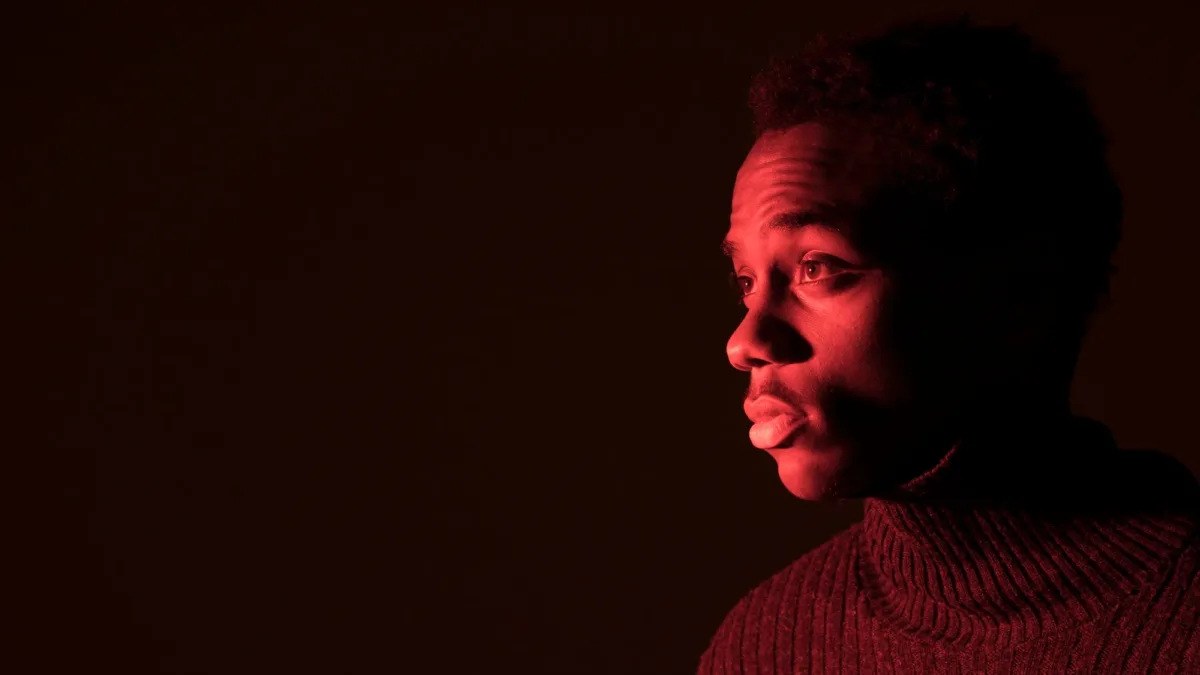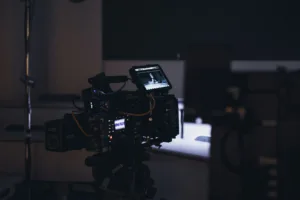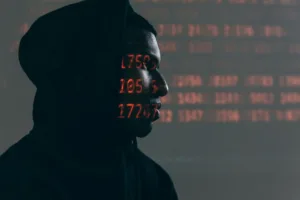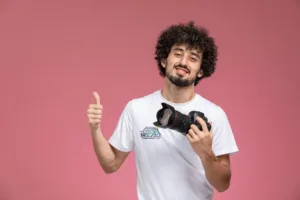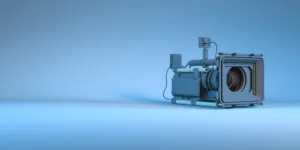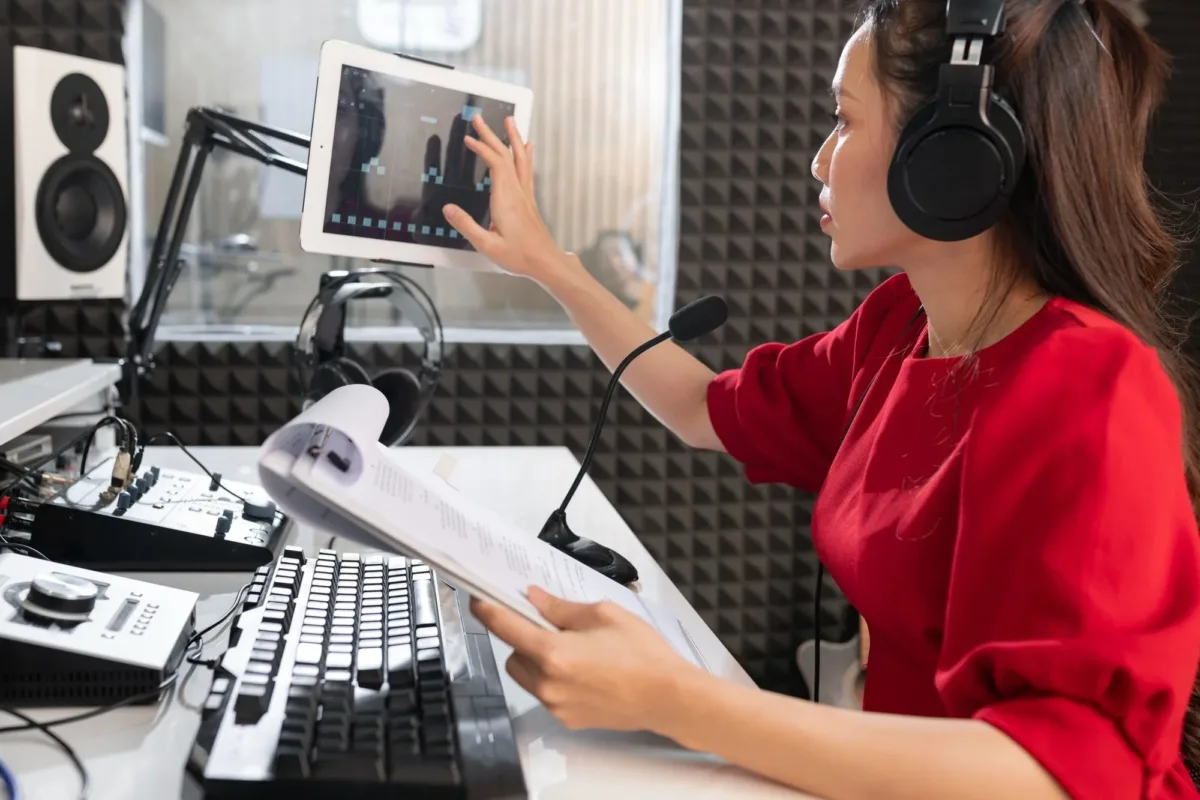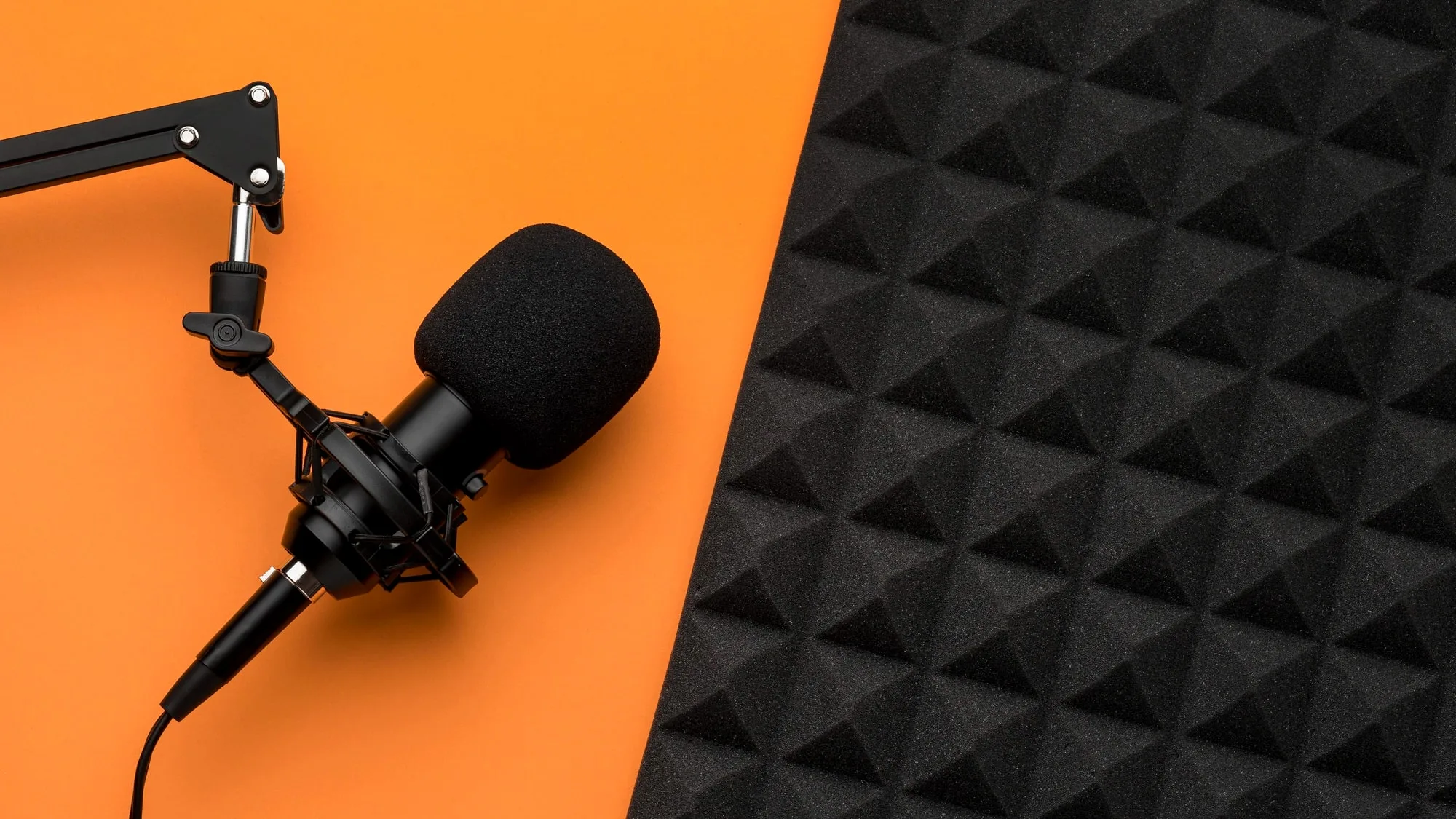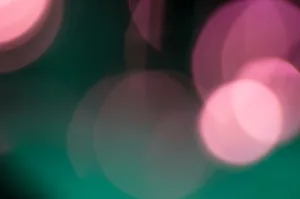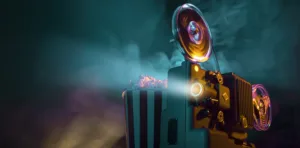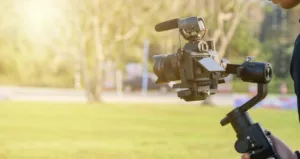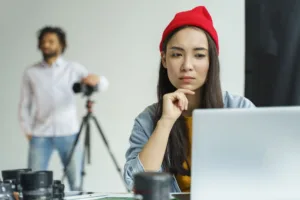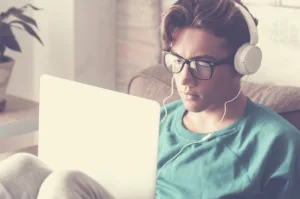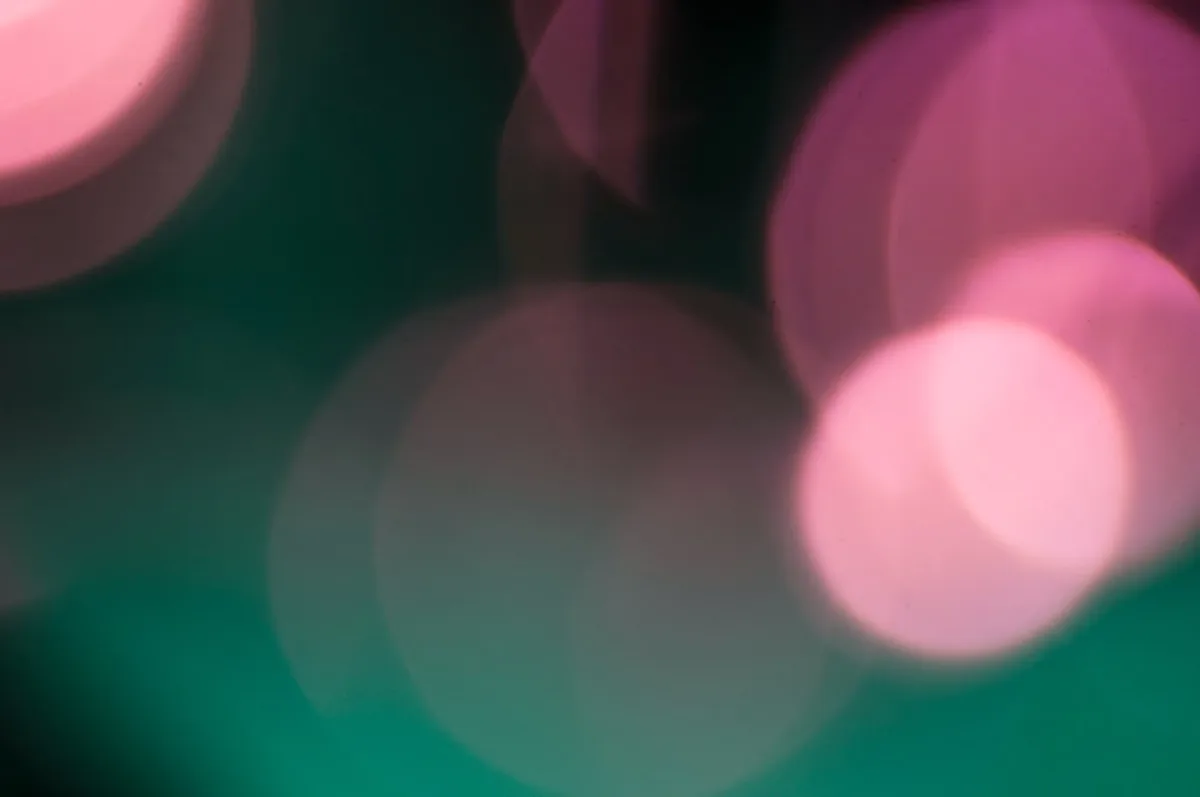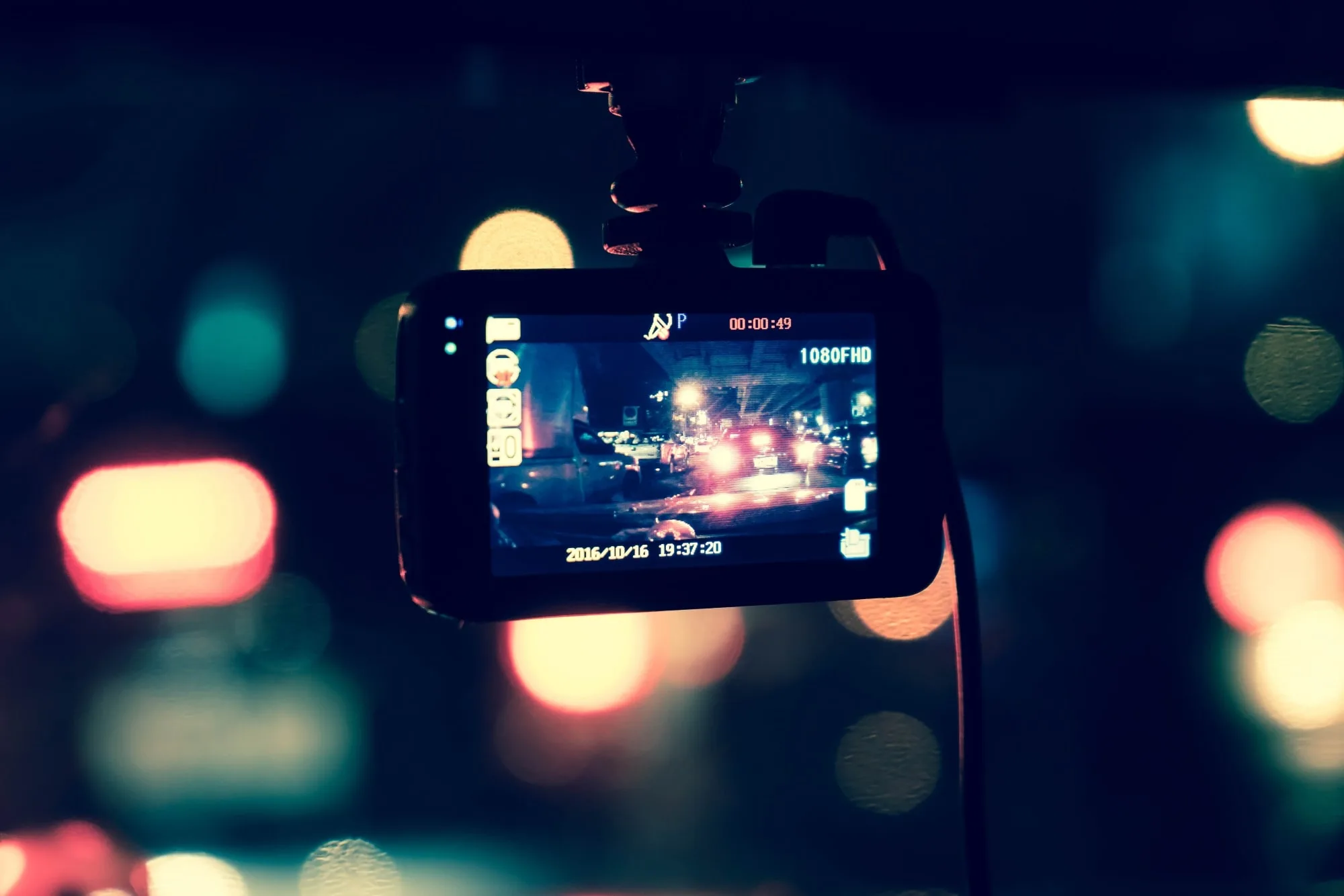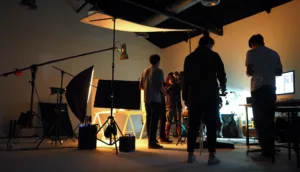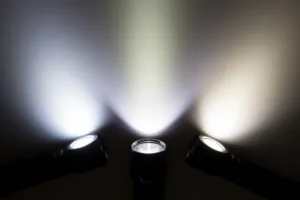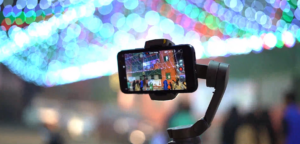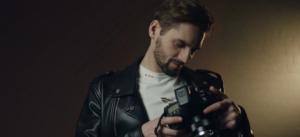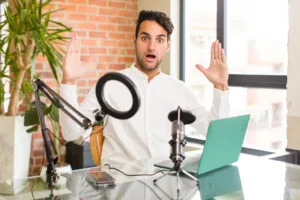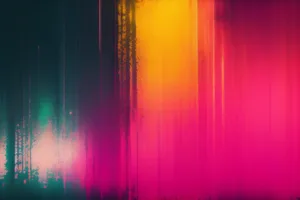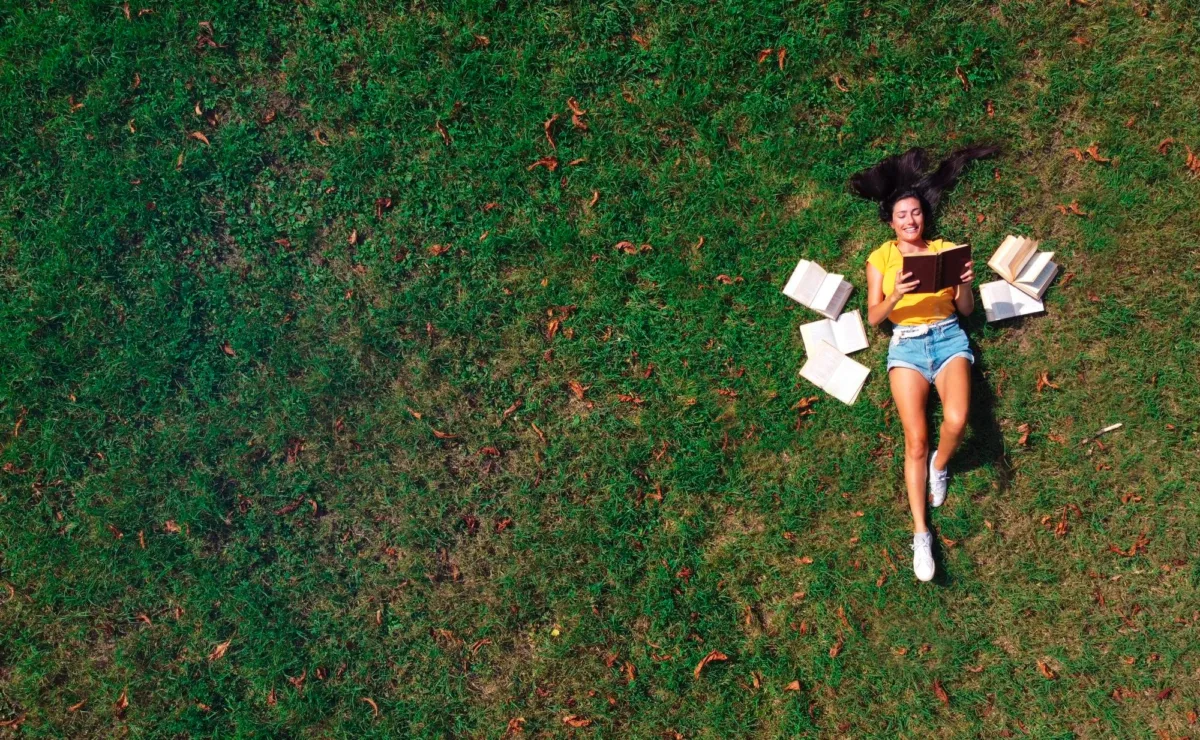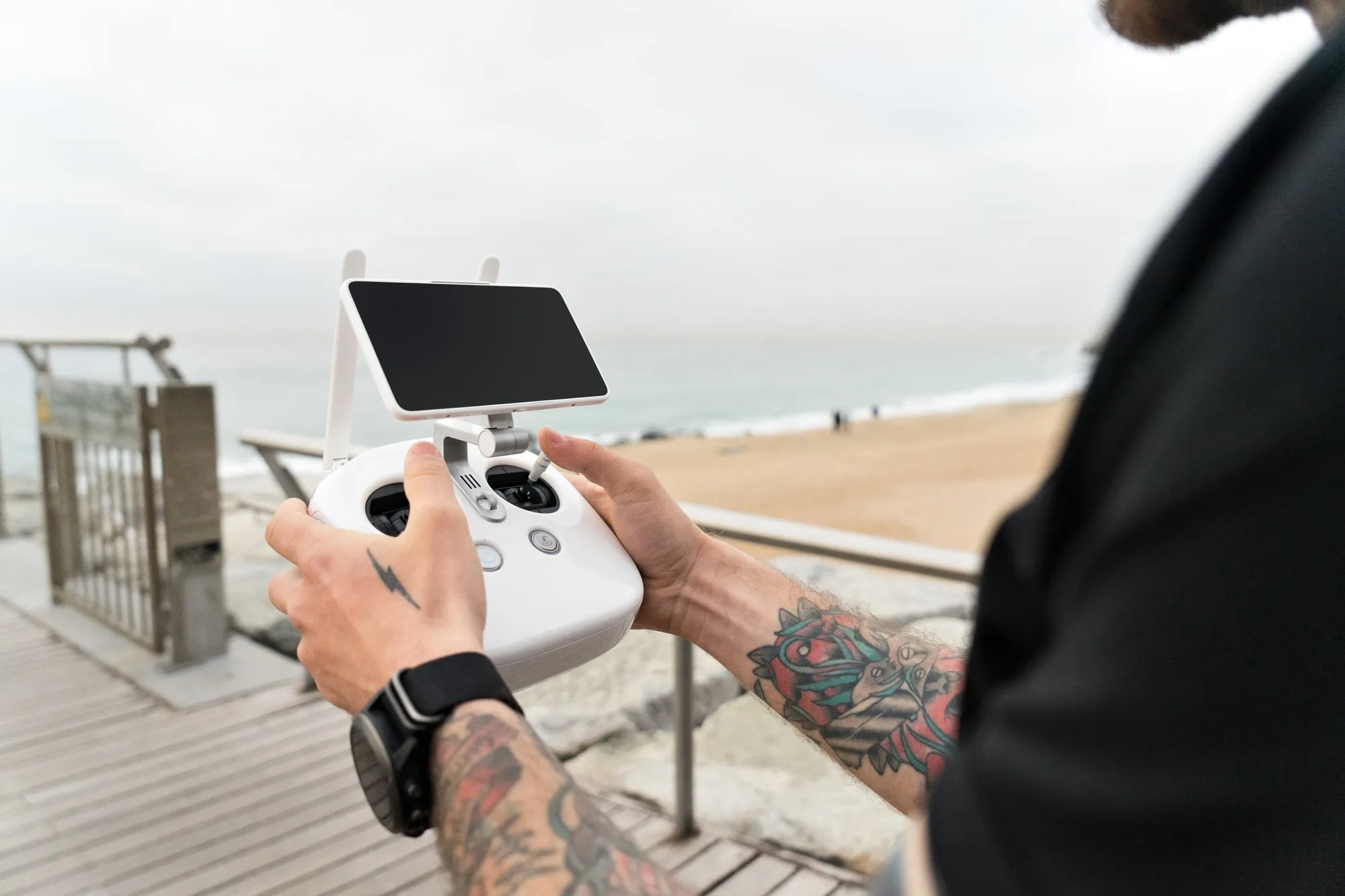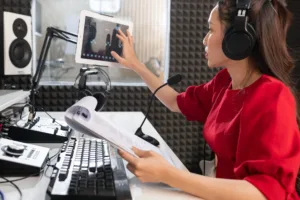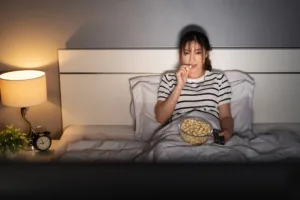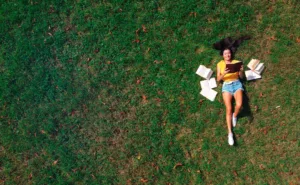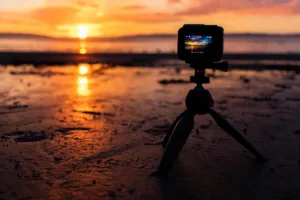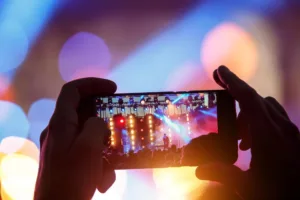Chiaroscuro Lighting: How do you create tension and drama?
Are you ready to take your filmmaking skills to the next level? If you’re looking to add some serious drama and tension to your videos, chiaroscuro lighting might just be the answer. In this blog, we’ll break down what chiaroscuro lighting is and how to use it to create some seriously captivating footage. So get ready to dive into the world of lighting and shadows!
First things first, what the heck is chiaroscuro lighting? Simply put, it’s a technique that uses strong contrasts between light and dark to create depth and drama in a scene. Think of those classic film noirs with dark alleys and shadowy figures – that’s chiaroscuro lighting at work.
So how do you create this effect? Here are a few tips:
Tip #1: Use a single light source
Chiaroscuro lighting is all about creating strong contrasts between light and shadow, so using a single, strong light source can help you achieve this effect. Try positioning your light source off to one side of your subject to create strong shadows on the opposite side.
Tip #2: Play with angles
The angle of your light source can also have a big impact on the look of your shot. Experiment with different angles to create interesting shadows and highlights. You might try positioning your light source above your subject for a more dramatic effect.
Tip #3: Control your light intensity
Since chiaroscuro lighting relies on strong contrasts, you’ll want to make sure your light source is bright enough to create those deep shadows. But be careful not to overdo it – you don’t want your footage to be too blown out or harsh. Use dimmer switches or diffusion material to control the intensity of your light.
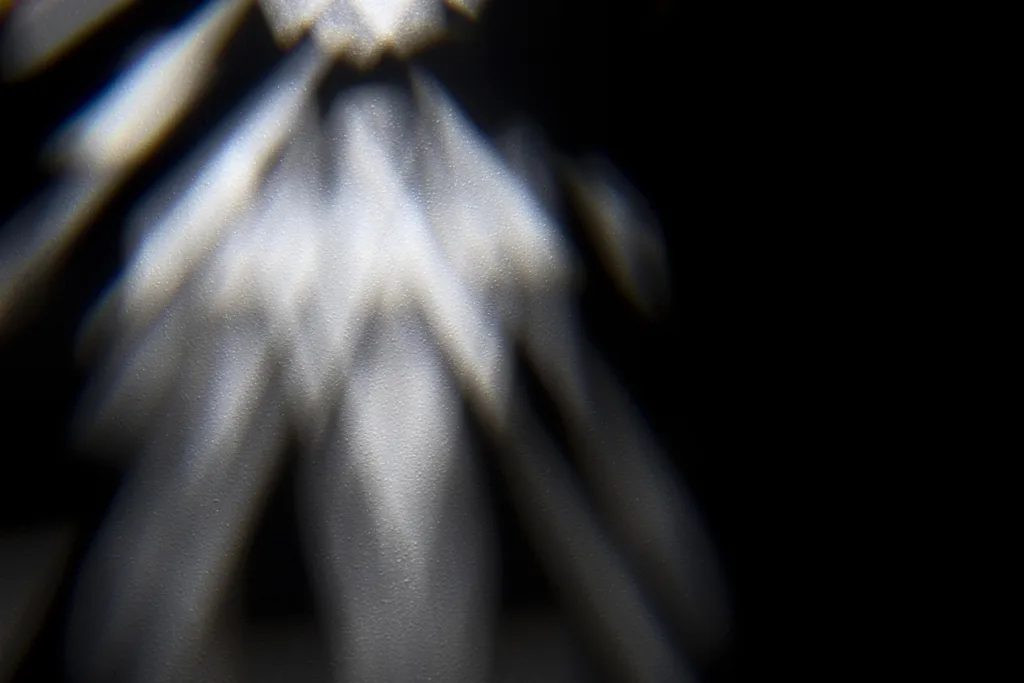
Tip #4: Get creative with your shadows
Finally, don’t be afraid to get creative with your shadows. You can use objects to create interesting shapes and patterns, or even use a piece of cardboard to block part of the light source and create a more defined shadow.
By using these tips, you can create some seriously stunning footage with chiaroscuro lighting. Whether you’re filming a dramatic scene or just looking to add some visual interest to your shots, this technique is a powerful tool in any filmmaker’s arsenal. So go forth and experiment – who knows, you might just create the next film noir classic!



